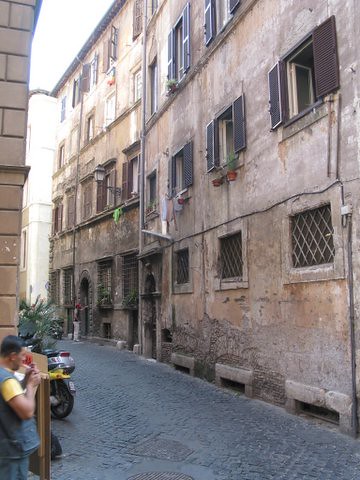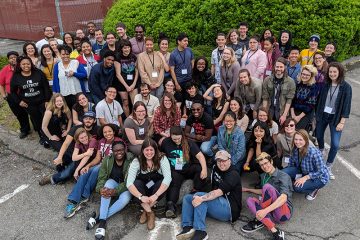Understanding the Roma People: Culture and Influence

Introduction
The Roma, a diverse ethnic group with roots tracing back to northern India, represent a rich tapestry of culture, history, and resilience. As one of the largest minority groups in Europe, the Roma’s importance extends beyond mere demographics; they embody a unique heritage that has shaped social and cultural landscapes across the continent. With an estimated 10-12 million Roma living primarily in Eastern Europe, understanding their issues is essential in promoting equality and inclusivity in society.
Roma Culture and Traditions
Roma culture is characterized by vibrant traditions, music, and a deep-rooted sense of community. Various sub-groups, such as the Romani, Sinti, and Kalderash, exhibit distinct customs and dialects. Music plays a central role, with its influences echoing through genres such as flamenco and jazz. Traditional dresses, a colorful expression of Roma identity, often seen during festivities, highlight their rich craftsmanship and cultural pride.
Current Events and Challenges
In recent years, the Roma community has faced numerous challenges, including discrimination, poverty, and lack of access to education and social services. Reports reveal that many Roma still encounter barriers in obtaining housing, healthcare, and employment. The COVID-19 pandemic further exacerbated existing inequalities, with many Roma families facing heightened food insecurity and inadequate healthcare access. Advocacy groups are working tirelessly to change perceptions and improve the socio-economic conditions for the Roma, emphasizing the importance of education and integration programs.
Efforts for Inclusion and Advocacy
In response to ongoing discrimination, various organizations have emerged to support the Roma. Initiatives such as the European Roma Rights Centre aim to advance human rights and combat issues related to exclusion. On a governmental level, the European Union has initiated policies to promote social inclusion and education opportunities for Roma populations. These efforts underscore a growing recognition of the need for equity and representation of the Roma in wider society.
Conclusion
The Roma remain a vital part of Europe’s social fabric, with their rich culture offering valuable insights into diversity and resilience. As awareness grows about the issues they face, so too does the potential for change. Advocacy for greater inclusion and the celebration of Roma heritage will be critical in shaping a future where diversity is recognized as a strength rather than a point of division. By engaging with and understanding the Roma experience, society can take significant strides toward fostering unity and inclusivity.









